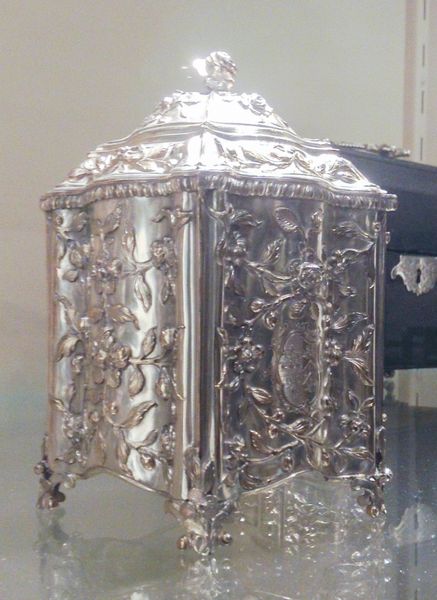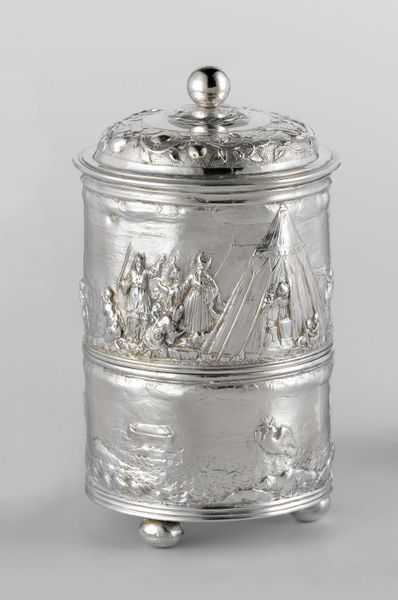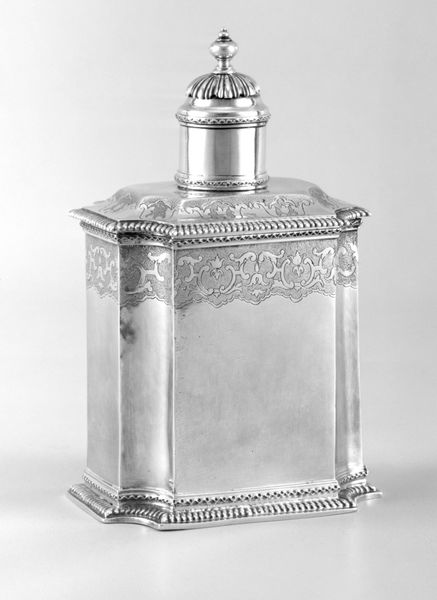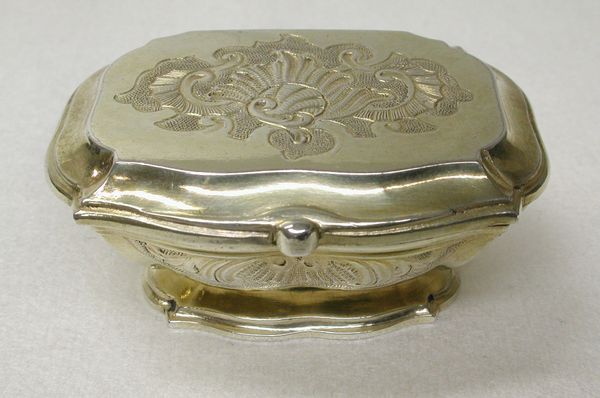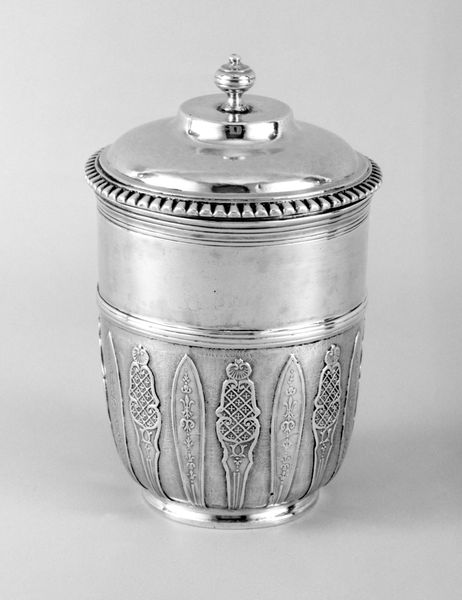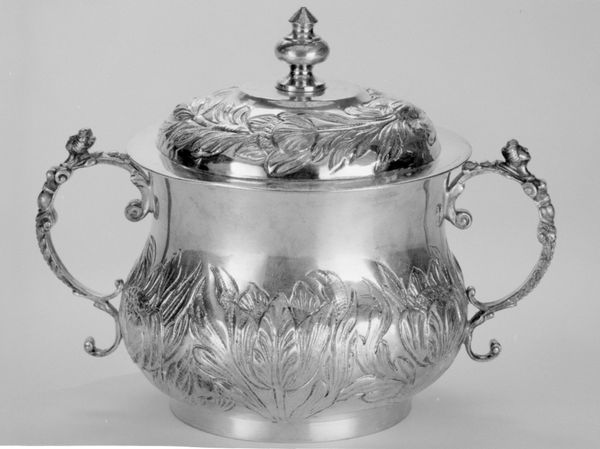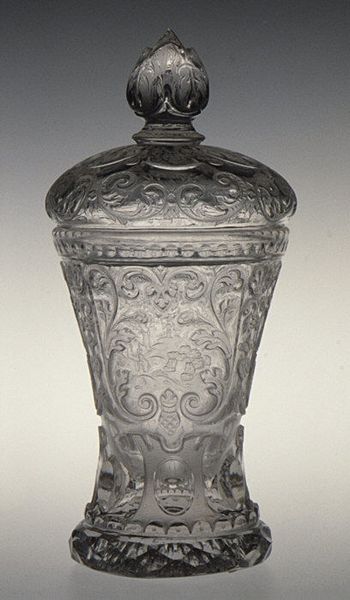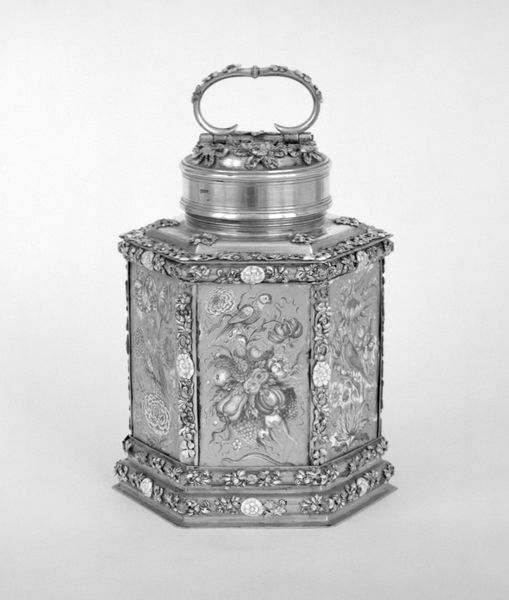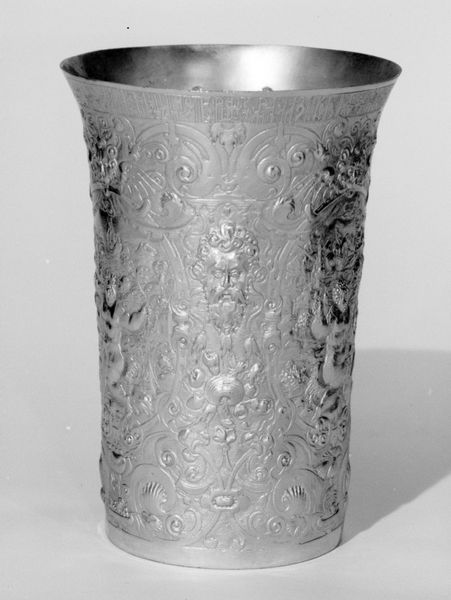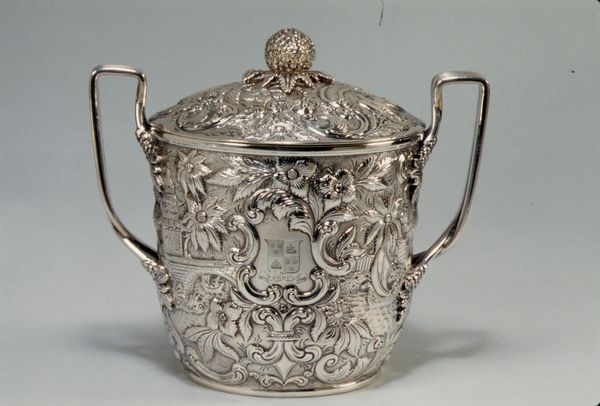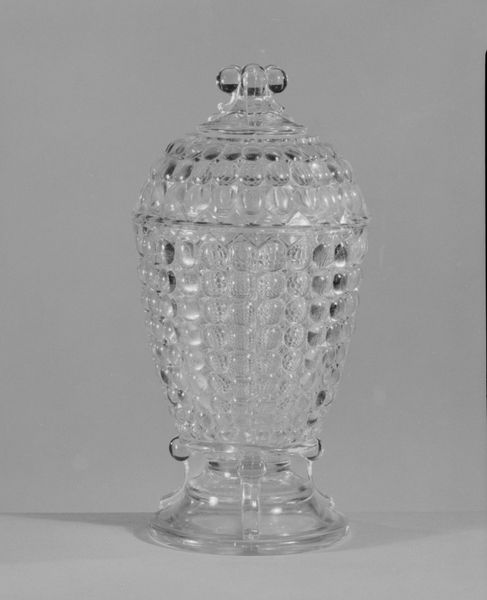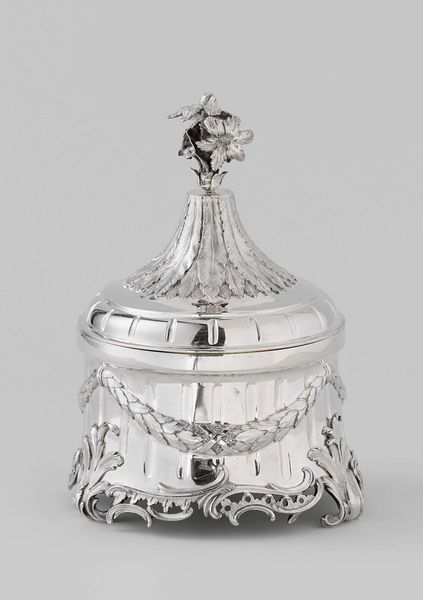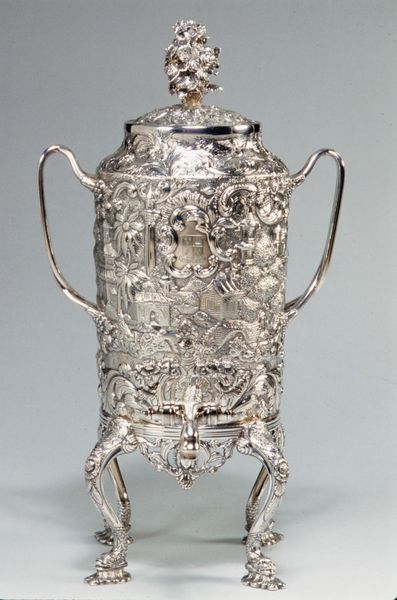
Dimensions: 5 1/2 x 2 7/8 x 3 1/8 in. (13.97 x 7.3 x 7.94 cm)
Copyright: Public Domain
Editor: This delicate, shiny silver object is a tea caddy made between 1768 and 1789 by William Vincent. The floral ornamentation and overall Rococo style gives it an extravagant feel. What statements were being made about its commissioner, based on the expense involved? Curator: Well, let’s think about this object not just as a pretty thing, but as a node in a vast network of materials, labor, and trade. Silver itself speaks to access to resources, reflecting mining practices, the silversmith’s skills, and the global market. Who, back then, was drinking tea and possessing luxury containers such as these? Editor: I'd imagine wealthy families who had access to global trade networks? Curator: Precisely! And think about the floral motifs – meticulously crafted, referencing the natural world, but presented here as a commodity, a display of wealth. The artistry elevates utilitarian objects into markers of status. And the container form suggests global power structures needed to bring in that tea to fill these containers. Editor: So it's more than just something nice to look at; it’s loaded with social information related to commerce and status? Curator: Exactly! It reveals a whole system of production and consumption inherent in the craftsmanship. Each flower meticulously wrought speaks to power and status that the owner possessed and hoped to convey. It also highlights the complex relations of extraction and artistic interpretation embedded in global exchange, don't you think? Editor: That’s fascinating, and makes me reconsider what I initially thought. This object embodies an entire system. Curator: Indeed. The material speaks volumes, once you start listening!
Comments
No comments
Be the first to comment and join the conversation on the ultimate creative platform.
